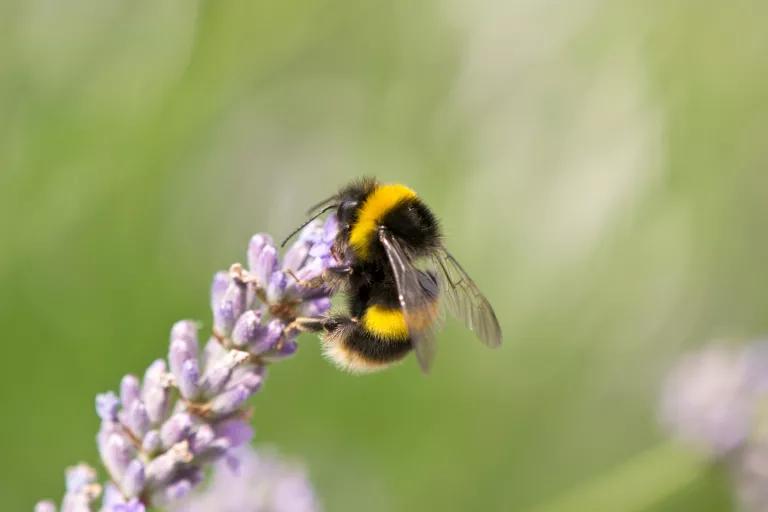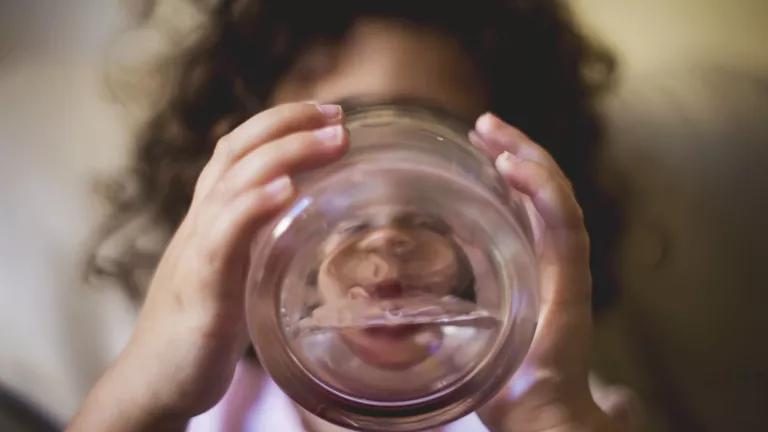Cal. Gov. Shuts One Door on Neonic Cuts, but Opens Another
California Governor Gavin Newsom has vetoed AB 2146, a bill that would have prohibited harmful and unnecessary non-agricultural uses of neonic pesticides. But the Governor has tasked the Department of Pesticide Regulation with a review of these home and garden neonic uses, beginning in 2023.

Surface water data shows that rivers and streams where Californians get their drinking water are contaminated with neonics. And conventional water treatment often fails to remove neonics.
California Governor Gavin Newsom has vetoed AB 2146, a bill that would have prohibited lawn and garden uses of toxic neonic pesticides. But there is a silver lining to this setback. For the first time, the administration has committed publicly to a reassessment of non-agricultural neonic uses, preserving hope that California can enact urgently-needed restrictions on these harmful and unnecessary neonic uses.
Neonics are the most commonly used insecticides nationwide and are a leading cause of bee and broader pollinator declines over the past two decades. By wiping out the bees and other insects that pollinate upwards of 80% of flowering plants worldwide, including important crops, these insecticides threaten the future of over $11 billion of agricultural production in California each year.
Because they can remain in soil for years and are carried long distances by rainwater, neonics broadly contaminate California’s environment. Water testing from the California Department of Pesticide Regulation (DPR) detects neonics in 93% of samples in urban areas of southern California, and 67% in Northern California—areas where non-agricultural uses on lawns and gardens predominate.
Neonic contamination places all manner of wildlife in danger—including bees, birds, deer, and aquatic insects that support whole ecosystems.
These neurotoxins also pose significant risks to human health, as widespread neonic contamination extends to our bodies. Monitoring by the Centers for Disease Control and Prevention found that about half of Americans have neonics in their bodies on any given day. A more recent study paints an even bleaker picture: of 171 pregnant women tested in California and five other states, over 95% had neonics in their body, with the frequency of detection and levels of neonics in women’s bodies increasing over time.
Neonics have been linked with a broad range of neurological, reproductive, and developmental harms, raising serious concerns about this widespread exposure. Studies of exposed populations link neonics with increased risk of malformations of the developing heart and brain, autism-like symptoms, and reduced testosterone. Animal studies link them with decreased sperm quality and quantity, reduced thyroid function, and thinning of key areas of the brain, among a variety of other effects.

Neonics are best known as a leading cause of bee declines, but their impacts extend to a variety of wildlife, and even people.
Benjamin Watson via Flickr, CC BY 4.0
AB 2146, a bill authored by Assemblymember Rebecca Bauer-Kahan and sponsored by NRDC, Environment California, and the California Native Plant Society, would have made California a nationwide leader in addressing widespread neonic contamination. Similar to the cutting-edge legislation passed by New Jersey earlier this year, it would have prohibited lawn and garden neonic uses that are unnecessary and easily replaced with less harmful alternatives.
Unfortunately, that bill failed to become law this year following a veto from Governor Newsom. But in his veto message, the Governor explained that DPR, critically, would initiate a review of non-agricultural uses starting next year.
The review would be part of a reevaluation of neonics that DPR began in 2009—13 years ago—but that has so far only produced proposed restrictions on certain agricultural neonic uses, released just this year. And DPR’s agricultural review was anything but comprehensive—overlooking important ways in which bees are exposed to neonics, such as through water and soil contamination.
Importantly, DPR’s review also overlooked the myriad harms neonics inflict on California’s ecosystems broadly—not to mention the ever-increasing evidence of neonics’ threats to clean water and the health of all Californians, especially children.
Given DPR’s long history of delay and half-measures on neonic restrictions, our team will be working to keep the pressure on DPR to conduct a review that is thorough and matches the urgency of the current neonic crisis. California’s pregnant women, aquatic ecosystems, and critical pollinators can’t afford any more delay.




